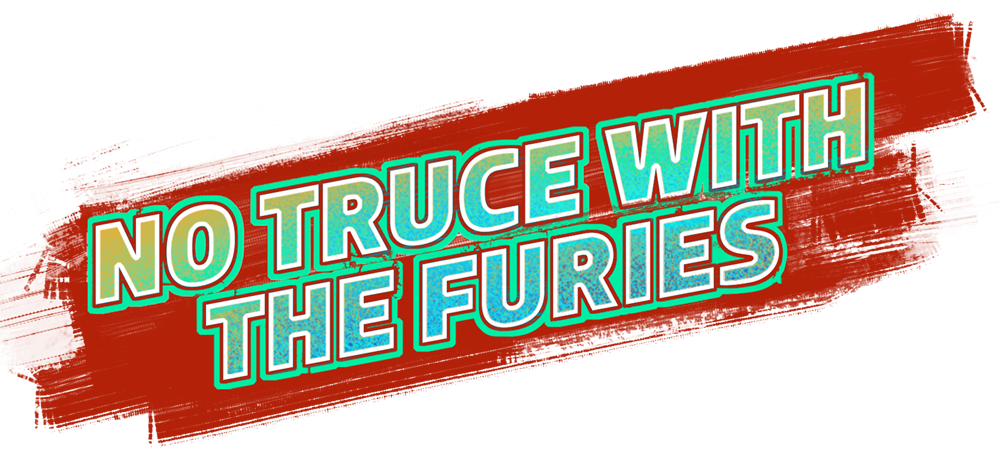Since we’re making an isometric game there’s always a constant struggle with readability of shapes and detail. Things get cluttered upon things upon things upon things and because isometric perspective lacks “lens depth” (the picture doesn’t get distorted) it’s bound to get chaotic. Thus we have to make sure that every model, silhouette, and texture of every in-game background and asset is clearly and immediately recognizable to the player.
Aside: Texture Frequencies
Think of a dirty wrinkled face on a smiling old man. Up close it has small specks of dirt which, once you start moving farther, start to meld into the face since the receptors of your eye do not distinguish them any more. At some point in the distance also the wrinkles disappear. In computer graphics we usually get problems at distances on which these kinds of repeating details start to disappear into noisy weird patterns. You might want to look up Nyquist Frequency if you are interested in more theory about this. - Irve
There’s also the added bonus of in-game camera at play, which basically means that all of the detail has to “work” at all levels of zoom ie. a radio and it’s texture has to look the same in the close ups and long shots. Woo!
Now with the “Why?” out of the way let’s talk about the “How?”. Our game has this painterly or as Robert likes to call it “Paintshading” look to it. All of our backgrounds are modelled and textured in 3d, then rendered, then painted over by Aleksander to give it that handmade feel. In-game assets are real time models used within our game engine, thus the applied texture to the them has to look painterly from the get-go. This in turn means painting directly onto our unwrapped UV layouts while trying to be as artsy as possible about it.
Below you see a Villier Pepperbox, a complex gat for a complex man. Just to be clear - the model of the gun is the same throughout all three of the variations.
The first iteration had me painting a somewhat realistic version of the textures - the wood looks like wood, the metal looks like metal, and there’s a decent amount of added detail. As soon as I dropped it into the engine the problem became obvious - it didn’t fit with the visual style of our game. To add insult to injury, since the gun is such a small asset, it basically looked like a bunch overly detailed of noise in the grip of our main character.
The second iteration is a more stylized version of the previous - now the wood and metal feel like wood, instead of just looking like it. The texture is a lot more painterly and I also introduced a bold dab of green into the hand painted mix. Stylistically it wasn’t as much of an eye-sore in-game, but there were still some issues of readability.
The third iteration is a blend of both. Some of the details are exaggerated (ie. the finger rest and the grill) while others were removed entirely. Aleksander advised me to emphasize different parts of the gun by adding a stroke along the shorter axis. The firing mechanism and the round-barrel are a nice example of this while the long barrel received a painterly stroke along its longer axis to make it seem longer. I kept the dab of green and smoothed it out with some off-white milky blue to give the barrel a nice sheen.
This is now in-game and visible in one of our screenshots as well.
Mikk out.



